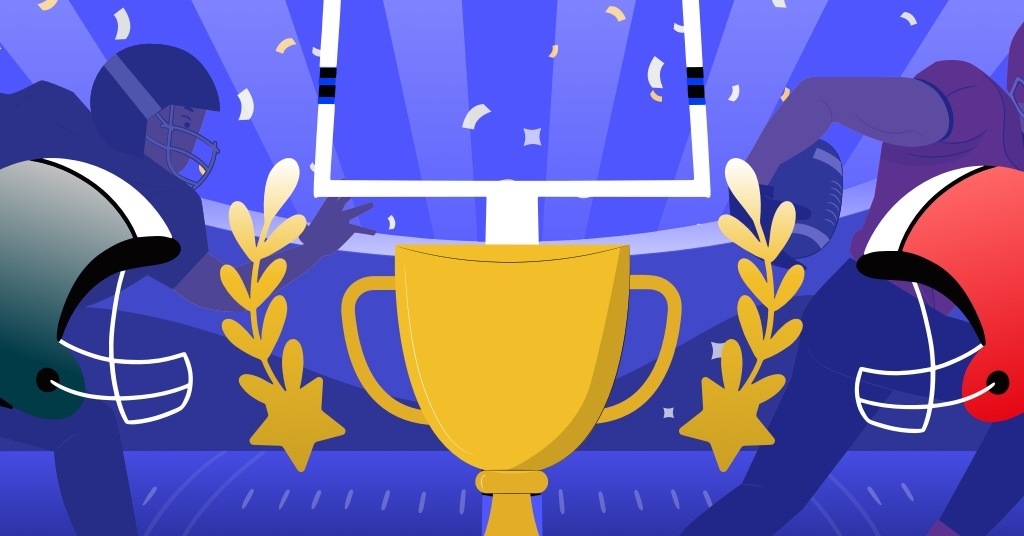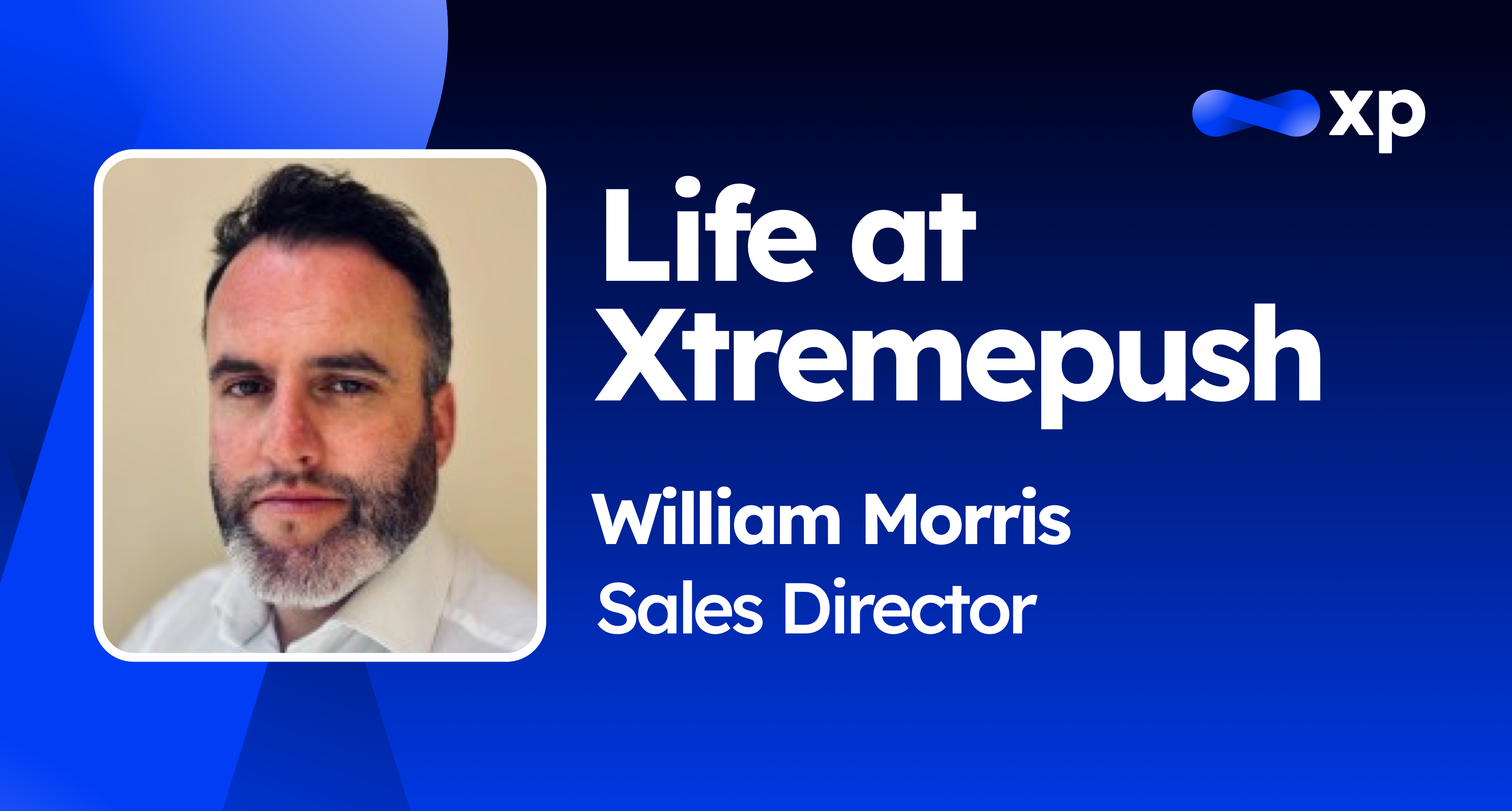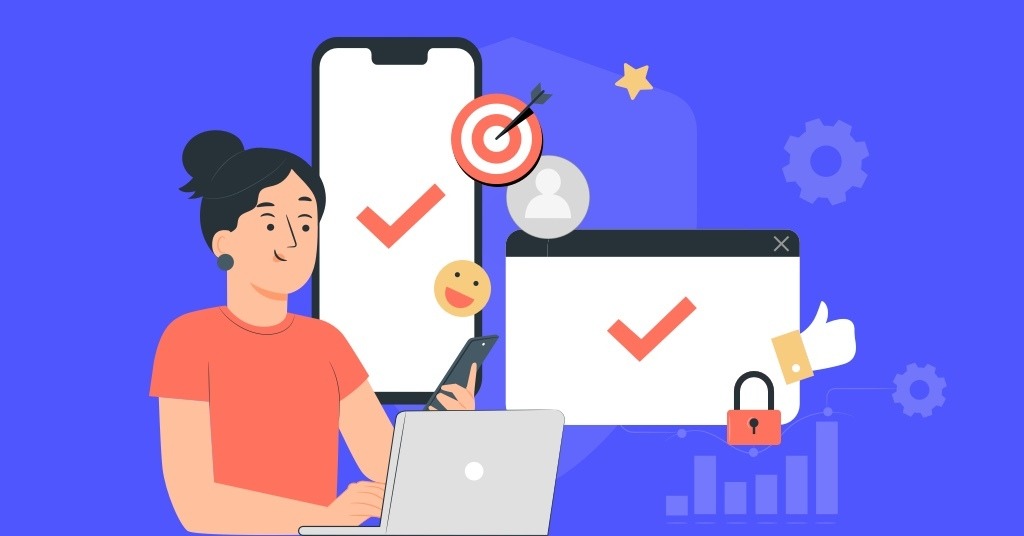When weighing up the value of investing resources in SMS marketing campaigns, one figure stands out.
A 98% open rate.
The stat speaks for itself, but let’s put it in context; it’s almost 5 times higher than email, which comes in around the 20% mark.
Trust me, I’ve crunched the numbers on this and that’s really, really good!
Sidenote: As someone who has always kept my SMS inbox at zero, I can’t help but wonder who the oddballs are that leave unopened messages just sitting there. Does the number badge on the home screen of their phone not give them crippling anxiety? It’s more troubling to have two unopened SMS messages than it is to have an email inbox with a thousand “unreads” staring back at you…
Anyway, moving on, if you’re already sending SMS marketing campaigns you know about the open rates. When you’ve spent hours fretting over the subject line of an email and probably written two or three alternatives to test as well, you really appreciate the power of SMS!
So, if it’s pretty much a given that it will be read, the only real challenge with SMS marketing is convincing people to act. Easy, right?
That’s what this article is all about; how can we squeeze an extra 2 or 3 per cent more conversions from each campaign?
Target segments with SMS marketing
This is the big one. Now, I know there are always going to be occasions when it’s appropriate to send the same message to everyone in your user base. It might be a service update or something that applies universally.
Segmentation is about breaking your audience into, well, segments based on known attributes and tracked behaviour. Targeted campaigns always outperform their generic counterparts.
When you know exactly who is going to receive the message then you can write for that audience and shape the language accordingly.
I’m not saying that it’s definitely the case, but can we agree that the way your brand writes for a 19-year-old male is probably going to be very different to how you’d speak to someone in their 70s?
Personalise your SMS messages
Personalisation goes hand-in-glove with segmentation. Including the recipient’s name is certainly one example, but go beyond that with details which “show you know them”, such as their previous purchases or interests.
To do this at scale, you need a leading service provider behind you.
Keep your SMS marketing messages short
No, really short. Your text should be 160 characters or less. Any longer and you run the risk of the mobile network breaking it up into multiple messages and for every additional message sent the likelihood of converting the recipient drops accordingly.
This means you’ve got to be direct, state your offer or promotion and hit send. There’s no room to meander!
Rather than seeing this as a drawback, however, look at it as an opportunity to hone your marketing skills. The principles of writing for SMS, brevity, clarity and impact, apply to other mediums as well.
Simplify the CTA
If you only knew how many conversions were lost because it wasn’t immediately obvious what action you wanted the audience to take…
“Call”, “Reply”, “Click”. Pick simple action words that leave no room for doubt or confusion.
When you’re running a competition or some other campaign that requires an opt-in, then make sure that the keyword you need the recipient to text you back is simple!
It definitely shouldn’t be a word that can be easily misspelt. Stick to something simple, “YES”. And it really helps to capitalise the word too!
Include a shorter, more appealing link
If the purpose of the SMS marketing campaign is to drive traffic to your website then naturally, you’ll want to include a URL.
Unfortunately, most links are character-heavy and that’s before you start adding in UTM codes to help you track the traffic. And it’s not possible to hyperlink text in an SMS message.
Use a URL-shortening service like Bitly or TinyURL to stay under the 160 character count.
Better still, use a branded link (a link with the name of your brand in it) to further increase your chances of winning that all-important click.
 Identify yourself
Identify yourself
One of the drawbacks to SMS marketing is that it’s not always clear who has sent the message.
And because you don’t have the option of including a branded image as part of the message (as you would naturally include in an email or a push notification), it’s difficult to create a brand impression on this channel.
So make sure that you include your brand name somewhere in the text and let the recipient know it’s from you!
This is important at every stage of the sales funnel.
Experiment with Rich Communications Services (RCS)
RCS is where SMS is headed.
Basically, it represents the evolution of SMS, bringing the channel in line with some of the rich media functionality we’ve come to enjoy with social messengers and web-based chat programmes.
RCS supports high-resolution imagery, CTA buttons and even payments. It will still be connected to the user’s mobile number, however, and will not require any downloads.
One very large caveat to note is that not every network currently supports RCS messages. It’s certainly worth keeping an eye on its development, as when it becomes more widely used it’s going to be a game-changer in offline marketing.
Wrapping up
So there you go, some quick tips to help you achieve those marginal gains when it comes to SMS marketing campaigns.
About Xtremepush
Xtremepush is the complete digital engagement platform, purpose-built for multichannel marketing. It empowers brands to deliver personalised, relevant and real-time messages across email, web browser, mobile app, sms and social messengers.
The platform is completely modular and combines enterprise-grade analytics with a full suite of campaign and automation tools. This provides brands with accessible and actionable data, enabling them to unify the silos, create dynamic customer experiences and execute core business goals at speed and scale.
Xtrempush was named in the 2019 Gartner Magic Quadrant for Mobile Marketing Platforms. Read that report here.














